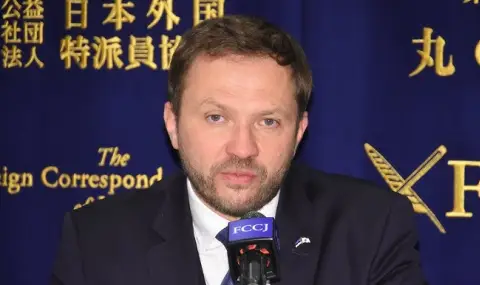The Estonian government has sent a document to EU countries on the topic of a possible confiscation of frozen Russian assets. This issue may be discussed by EU foreign ministers at the upcoming meeting in Brussels on February 24, Reuters writes, citing its sources.
As the agency recalls, in 2024 the Group of Seven (G7) countries decided to use the proceeds from frozen Russian assets to support Ukraine, but the assets themselves have not yet been withdrawn from the accounts.
„The decision to use excess returns on assets was a step in the right direction. "It is time to take the next step," Estonian Foreign Minister Margus Tsahkna told the agency.
Several EU countries have expressed readiness to discuss confiscating Russian assets, including the Baltic states and Poland. Germany, France, Belgium and the European Central Bank are wary of the idea, warning of possible legal consequences and a negative effect on the euro's status as a reserve currency.
The topic has come up again for discussion in the European Union after the US administration made it clear that Europe must do more to support Ukraine, the agency wrote. In a document sent to EU countries, the Estonian government justifies the possibility of confiscating Russian assets with reference to international law, calling it a "countermeasure" against the invasion of Ukraine and justifying the need for such a step by the fact that “Russia refuses to participate in the payment of reparations“. Tallinn proposes to reduce the negative consequences for the euro through joint actions of the EU and international partners, the agency writes, without specifying what actions are being discussed.
The European Union, Canada, the United States and Japan have frozen Russian assets worth about $300 billion after Moscow took military action against its southern neighbor. Of these, about $5-6 billion is in the United States, and the bulk is in Europe, including the international platform Euroclear in Belgium, where $210 billion is stored.
